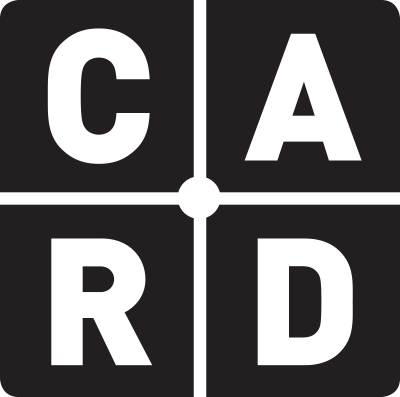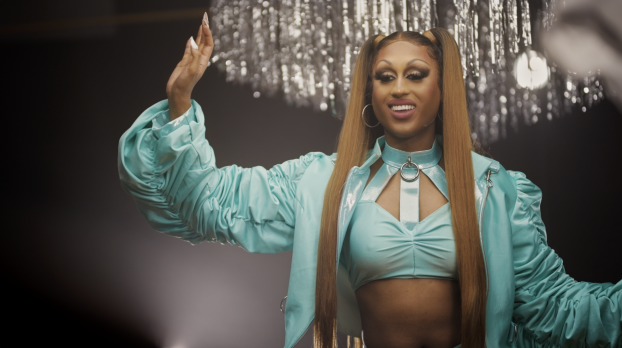Behind the Buy: BMO builds a digital 'surround-sound ecosystem'
Why the bank allocated two-thirds of its campaign ad spend to contextual and immersive ads online and in social.
The industry knew it was coming. Maybe just not so soon.
The events of 2020 triggered digital to officially overtake TV and other traditional media in terms of ad spend. Canada, in fact, has been outpacing the U.S. and the U.K. when it comes to digital allocation, according to new research from SMI. The scales were first tipped during the second quarter of 2020 – by the end of the year, online media accounted for 62% of all advertising spend (versus 58% in the U.S.).
Coincidentally, that percentage is exactly how much UM allocated to digital, search, social and mobile channel ads for a BMO campaign that launched this month.
The campaign for BMO's new Eclipse Visa Infinite card features influencer-generated content from several creators – including Priyanka, the winner of the inaugural season of Canada's Drag Race. The marketing push – developed alongside FCB and Reprise – began with TV and OOH ads running across the country earlier this month, before launching online last week.
Using YouTube's video customization tool, Director Mix, 281 assets were created and inserted into pre-roll. The tool allowed BMO to craft multiple versions of video customized for different audiences and contexts. Food lovers, for example, were targeted with a relevant influencer showing them how to earn points on takeout orders or groceries to try out a new recipe. This was done to put the focus on different lifestyles and interests to show how BMO's new rewards card can help users earn extra points, regardless of their passion points.
According to Ryan Hunter, director of connection and planning at UM, 62% of the budget was dedicated toward digital media – 34% of which was allotted to YouTube; 32% went toward search; 28% toward social and immersive experience-based units via Twitter, Facebook and Instagram; and 6% went toward mobile ad units.
Hunter says ads that ran in traditional channels were part of an initial awareness phase that launched January 18 and which was designed to announce the new product. Similar creative for that initial phase was eventually carried through to the second mid-funnel stage online for visual consistency.
"The campaign was structured on, 'Here's our bang moment – let's put ourselves in front of everyone we possibly can that fits that demographic, in that first week, in the channels that are relevant to them, and at a high degree of frequency," says Hunter.
"We don't want to be delivering super-long format content when you're talking about that level of frequency. It's a quick hit – with the instant recognition of influencers like Priyanka to anchor our messaging," he adds. "[The focus was on getting] that resonance and ad recall moving, so that when we hit our next stage, we can get right into developing an actionable performance ecosystem for this card."
Hunter says the team decided to extend the campaign through to social – leveraging reels, GIFs and emojis on platforms like Facebook – after working with FCB to map out the consumer journey of its millennial target audience. "We were looking to create a holistic ecosystem with our platform. It wasn't necessarily about any one specific format within that – the formats were decided upon as ways in which to be completely agnostic of format within their digital journey," Hunter says.
He adds that the campaign was unique due to its ability to create a "visually consistent, surround sound experience" for a nuanced cohort with varying interests. "We took careful consideration to audit the journey and identify any and all relevant moments of intercept – and the channels that would best facilitate our ability to be there."
With files from Justin Crann
TAGS: UM, BMO, Reprise Media, CARD, FCB Canada, Ryan Hunter

